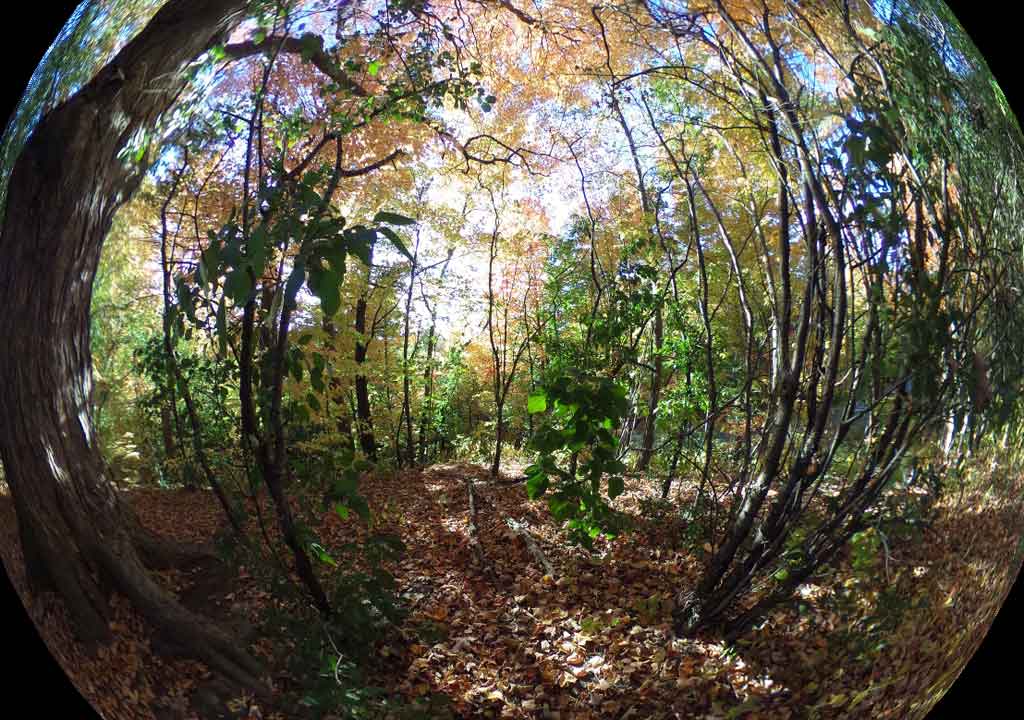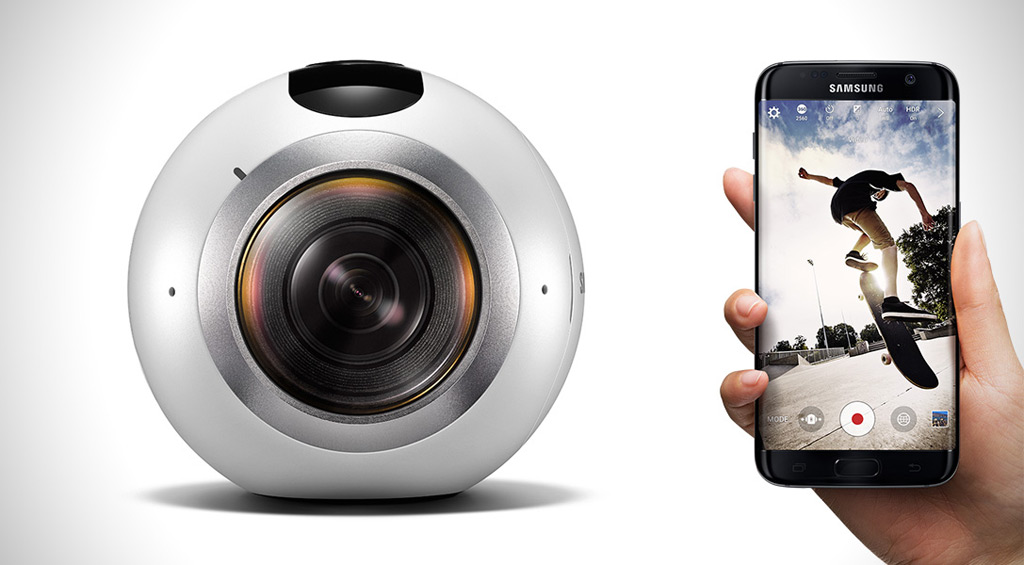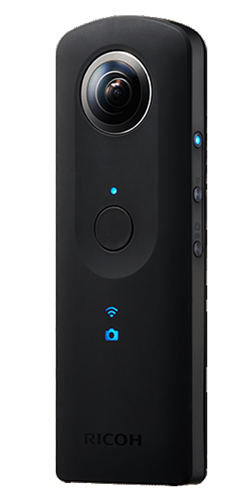
Digital photography hasn’t been around that long, but it’s changed a lot in a short time. From point-and-shoot cameras, to DSLRs, to smartphones, to drones, and now to 360-degree cameras, the ability to capture images has literally gone full circle. Shooting a place or an experience with a full, spherical point of view looks to grow in popularity in tandem with the emergence of VR (virtual reality).
It’s not a coincidence that 360-degree cameras and VR are so tied together. Imagine viewing a friend’s vacation or adventure photos and video they shot with a 360-degree camera wearing a VR headset, where turning your head gives you a viewpoint like you were there too. While the two aren’t symbiotic in that they need each other to function, the connection makes the content all the more compelling.
How 360-degree cameras work
 There are slight differences in how the latest 360-degree cameras work, but the premise remains the same. Generally, there are two fisheye lenses on opposite sides, each with wide 190-degree angles to overlap with each other in order to allow embedded software to stitch the images together.
There are slight differences in how the latest 360-degree cameras work, but the premise remains the same. Generally, there are two fisheye lenses on opposite sides, each with wide 190-degree angles to overlap with each other in order to allow embedded software to stitch the images together.
One exception to this is the 360fly and 360fly 4K, which use one lens to capture images spatially, meaning there is no actual stitching taking place. That also lowers the angle vertically to 240-degrees, filling the empty space with black, so you wouldn’t be getting a true 360-degree image with either of those cameras. At least you’d be close, and since there is no stitching involved, it renders faster, as a result.
Cameras that are shooting spatially capture everything from above and below, side to side. It almost seems like you’re standing in the middle of a big fish bowl. Consumer 360-degree cameras are simple to control in that one button usually does the work of snapping a still photo or recording video.
Depending on the model, footage is either in 1080p HD or 4K, with still images that are fairly sizeable too. Models that have two lenses—you can choose to shoot from just one for fisheye panoramic shots, if you want. They generally have standard screw mounts underneath for use with tripods, monopods and selfie sticks. In fact, sticks are a great way to create some separation from holding the camera in hand and shooting from higher vantage points.

360 camera app support and remote control
 They pair with apps on iOS or Android to adjust settings or control the camera from a short distance. With a Wi-Fi Direct connection, the app can act as a live view and remote so you can get out of the shot or position yourself wherever you want to be. Regardless of whether it’s live view or previewing an image after it’s been taken, you can pan around to whichever angle you want to see by moving the phone or tablet, or swiping with your finger.
They pair with apps on iOS or Android to adjust settings or control the camera from a short distance. With a Wi-Fi Direct connection, the app can act as a live view and remote so you can get out of the shot or position yourself wherever you want to be. Regardless of whether it’s live view or previewing an image after it’s been taken, you can pan around to whichever angle you want to see by moving the phone or tablet, or swiping with your finger.
Again, there is one exception here. The Ricoh Theta S doesn’t allow for live view when recording video, only for photos, largely as a battery-saving measure. You can view footage after you’ve transferred it over to the phone or tablet, however, and interact with it that way.
YouTube and Facebook both support 360-degree content, and that is likely to grow to include the likes of Twitter, Instagram and other popular social media outlets.
Latest models
So which 360-degree cameras are currently available? The list isn’t long, but it is varied enough to present you with some differentiation.
On the higher end, you have the Nikon KeyMission 360, Samsung Gear 360 and 360fly 4K. For a little less, you can get the Ricoh Theta S or non-4K 360fly. The LG 360 Cam is at a more affordable price because if sacrifices a few things along the way.
Of all those models, the Nikon KeyMission 360 and 360fly 4K (and non-4K 360fly) are waterproof, so they can be used in freshwater (I would advise against seawater), and capture images while submerged. That’s pretty cool. Each of them work with iOS and Android.
The Samsung Gear 360 is limited to only Samsung smartphones: Galaxy S6, S6 Edge, S6 Edge+, S7, S7 Edge and Note 5. Those are currently the only models compatible with the camera, so while highly capable, the Gear 360 is aimed at Samsung users only.
The Ricoh Theta S is an upright design with a rubberized body that makes it easy to hold and place in a pocket. It’s very much a point-and-shoot camera, with few buttons and short battery life. At most, you will get 60 minutes on it, but that’s okay if you’re only looking to shoot in short bursts anyway. It works with both iOS and Android.
The LG 360 Cam is very much the same way. Highly pocketable, and simple to use with its one-button design, it is also compatible with the iPhone, so it’s not specifically made to work with LG or Android devices.
Round and round
It’s hard to say whether there is a right or wrong way to shoot with a 360-degree camera. You kind of just wing it and shoot however and whatever you like. Features and controls do vary by camera, with more advanced options on the higher-end models, and simpler usability on the pocketable models.
They can be action cams if you want them to be, though you will need to consider placement and protection from the elements. They can be great at events and gatherings. Wedding photos and video can be really interesting, as one example, but there are plenty of others because any conventional image will look different when spherical.
The choices are slowly increasing in this category, and 2016 saw some impressive strides forward, so if this kind of imaging is giving you creative ideas, this group is a good start.



